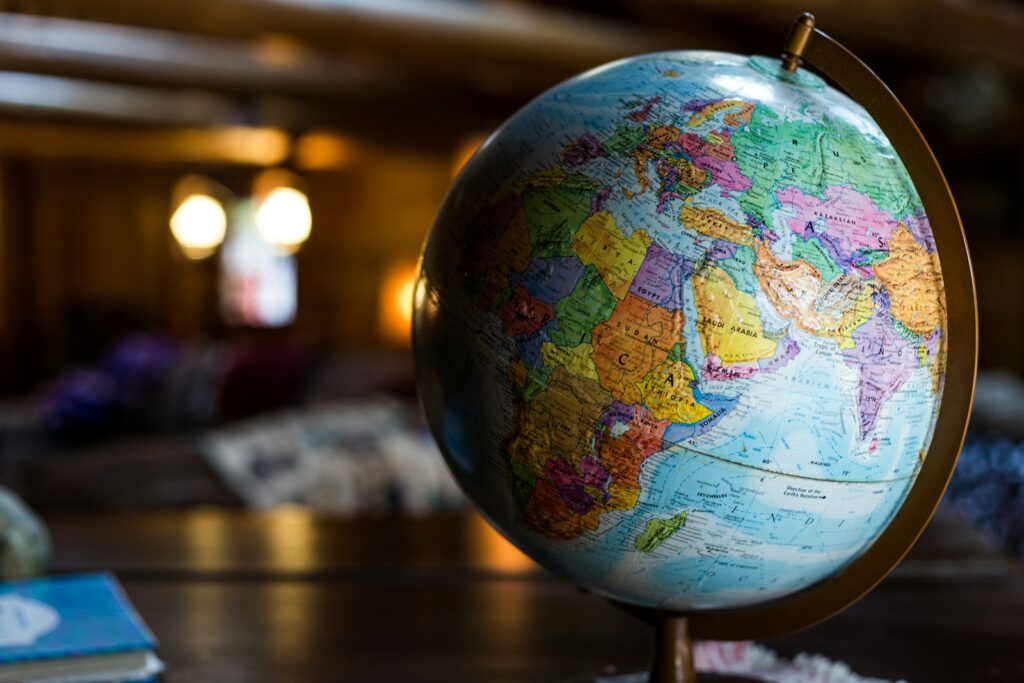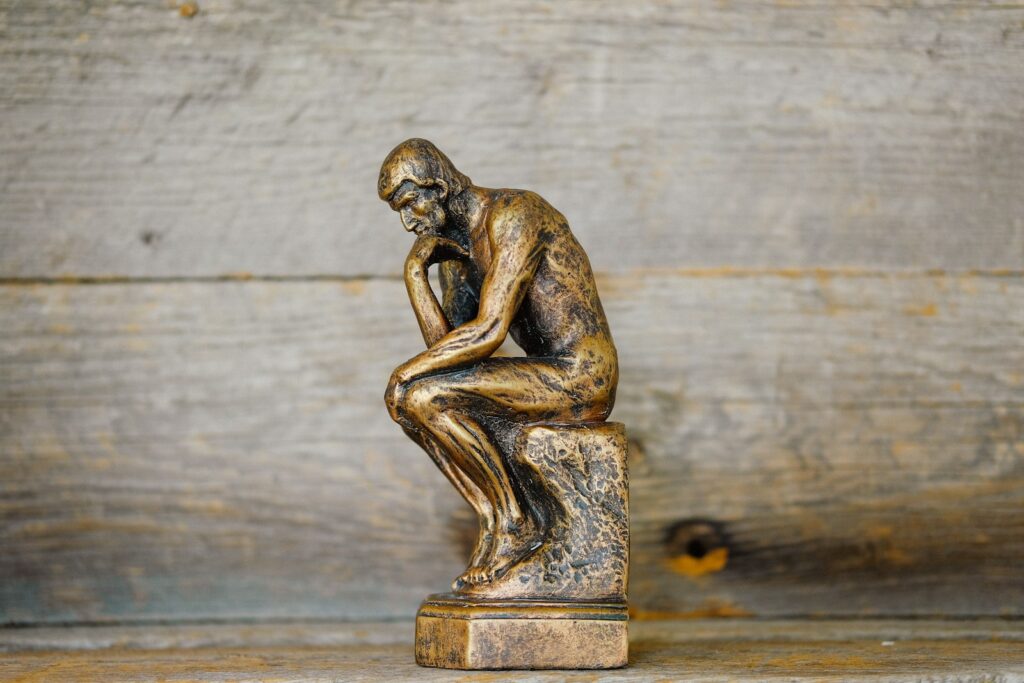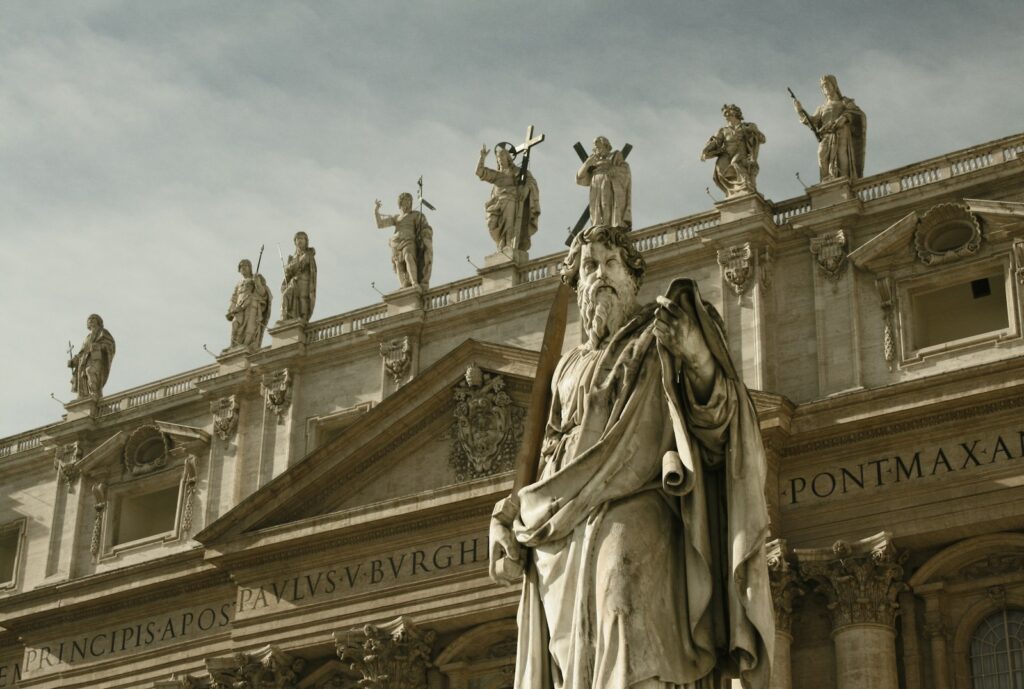
Defining the World
Have you ever paused to truly consider what we mean by ‘the world’? It is a word we use daily, often interchangeably with ‘Earth’ or ‘humanity,’ yet its meaning is far deeper than it might seem. The ‘world’ is not a singular, simple concept but a tapestry woven from philosophical, scientific, and theological threads, each offering a distinct lens for understanding existence.
At its core, the ‘world’ encompasses “the totality of entities, the whole of reality, or everything that exists.” This fundamental definition invites endless questions about how different disciplines conceptualize such an expansive notion. No single, universally accepted definition exists; instead, we encounter a rich array of perspectives that challenge our assumptions.
Even the word itself carries historical depth. English ‘world‘ derives from Old English ‘weorold,’ meaning roughly ‘age of man,’ hinting at a mythological “domain of Man” set apart from the divine. Latin ‘mundus,’ from Greek ‘cosmos,’ emphasizes “orderly arrangement,” reflecting creation as establishing order from chaos. These etymologies trace the complex conceptual journey embedded in the term ‘world.

Philosophical Perspectives: Monism and Pluralism
Philosophical discourse offers diverse ways to understand the world. Some assert it is unique, an unparalleled entity, while others embrace a “plurality of worlds,” recognizing multiple realities. A key debate revolves around whether the world is a simple, indivisible object or a complex entity of interconnected parts, though many viewpoints converge on seeing worlds as “unified totalities.
Monism posits a thesis of oneness, asserting that ultimately only one entity truly exists. Existence monism claims the world itself is the sole concrete object, with everyday items like apples, cars, and even humans as “dependent aspects of the world-object.” Priority monism allows for other concrete objects but considers them dependent on the world’s ultimate precedence. Pluralism, in contrast, views the world as composed of concrete, independent objects, aligning with our common-sense experience of distinct, interacting entities.

Scientific Views: Cosmology and Quantum Perspectives
Scientific cosmology expands our understanding of the world to the universe as a whole, often treating “world,” “universe,” and “cosmos” interchangeably. The universe is described as “[t]he totality of all space and time; all that is, has been, and will be,” extending beyond our planet to the vast continuum of existence.
This totality includes forms of matter and energy, like stars and particles, governed by the laws of nature. Modern relativity conceives space and time as a unified “four-dimensional manifold called spacetime,” integrating mass into spacetime’s curvature. Quantum cosmology further challenges intuition, describing the universe as “one big wave function expressing the probability of finding particles in a given location,” portraying existence as probabilistic and dynamic.

Possible Worlds and Modal Realities
Philosophical modality introduces “possible worlds,” defined as “a complete and consistent way how things could have been.” Our actual world is one among countless possibilities, such as a world where Hillary Clinton won the 2016 US election. David Lewis advanced a view treating possible worlds as “concrete entities,” each isolated in its own spatiotemporal framework, populated by counterparts.
Philosophers also theorize “impossible worlds,” where contradictions exist, like a world in which Hillary Clinton both won and lost the election simultaneously. These worlds, possible or impossible, are “totalities of their constituents,” containing all elements necessary to describe their state of affairs.

Phenomenology: Experience and Horizons
Phenomenology frames the world as “horizons of experiences.” When perceiving a house, we also register peripheral elements—the garden, street, and distant skyline—forming a broader experiential horizon. The world emerges as the “horizon of all horizons,” a dynamic sphere of interrelated meanings that shapes our lived experience.
Phenomenologists emphasize “other relations between objects,” such as “indication-relations” and “means-end-relations,” illustrating how our practical engagement with the world depends on these connections, making the world a continuously interacting totality.

Philosophy of Mind: Bridging Mind and World
The philosophy of mind views the world as “that which is represented by the mind,” highlighting a gap the mind must bridge through perception, knowledge, and action. Realists assert the world exists independently, while idealists argue it is partially or fully shaped by consciousness. Immanuel Kant suggested that the mind imposes spatiotemporal structures on reality, whereas George Berkeley proposed a radical form where the world consists solely of minds and ideas. These perspectives challenge us to reconsider reality as a product of both consciousness and external existence.

Cultural and Theological Perspectives
Theological and cultural interpretations add further layers to understanding the world. Classical theism posits that God creates and sustains the world, giving it lower ontological status compared to divine reality. Pantheism equates God with the world, while panentheism views them as interrelated. Across traditions, there is often a focus on spiritual rather than material realities, reflected in human practices and beliefs.
Philosophical history offers evolving interpretations. Plato distinguished between the sensible and intelligible worlds, attributing higher reality to eternal forms. Wittgenstein defined the world as “everything that is the case,” emphasizing logical structure. Heidegger highlighted the subjective experience of the shared world, and Eugen Fink introduced the “cosmological difference,” distinguishing the world from the inner-worldly objects it contains. Nelson Goodman proposed a “plurality of actual worlds,” acknowledging incompatible truths across different frameworks.
Religious traditions provide structured visions of the world. Mythological cosmologies depict it as centered around an axis mundi, bounded by oceans or serpents, reflecting humanity’s need for order. Hindu philosophies vary: Samkhya distinguishes purusha (conscious self) from prakriti (world of matter), whereas Advaita Vedanta treats multiplicity as illusion (Maya), asserting unity in Brahman. Christianity contrasts earthly vanity with spiritual pursuit, while “Orbis Catholicus” emphasizes Christendom’s organizational scope. In Islam, “dunya” describes temporal, sensory life, balanced with spiritual awareness.




